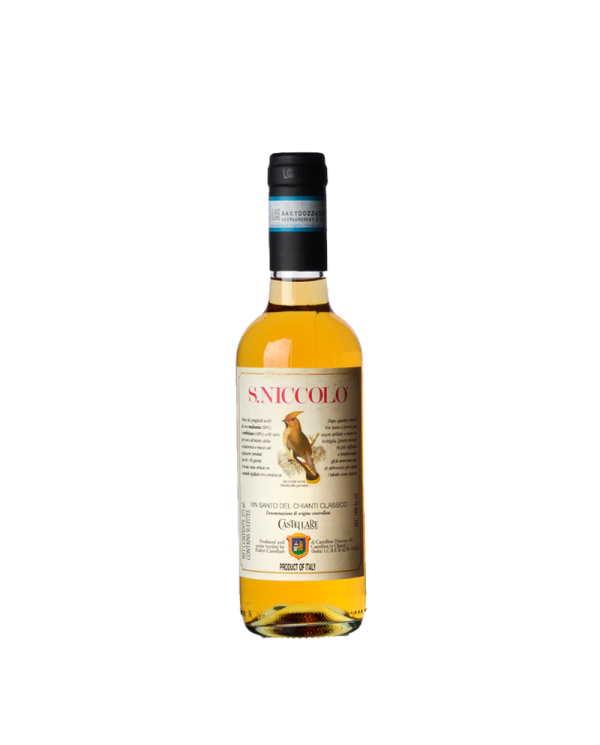Cantina Castellare di Castellina : the excellence of wine in Tuscany
The Castellare di Castellina winery represents one of the enological treasures of Tuscany, located in an area of great winemaking tradition, the Chianti Classico. The winery boasts a history of great success, characterized by the production of excellent quality wines of great value. In this article, we will discover the history and peculiarities of this winery, as well as its enological delicacies.
The history of the Castellare di Castellina winery
The Castellare di Castellina winery was founded in 1968 by the famous winemaker Paolo Panerai, a lover of viticulture and Tuscan traditions. The cellar, located in a strategic position on a hill overlooking the Pesa river valley, in the heart of the Chianti Classico area, represents a point of reference for the production of high quality wines.
The production philosophy
The production philosophy of the Castellare di Castellina winery is based on the use of sustainable cultivation techniques and on great attention to the quality of the final product. In fact, the cellar produces wines that reflect the Tuscan tradition but with an eye always attentive to technological innovations, to guarantee an increasingly sustainable and ecological production.
The wines of the Castellare di Castellina winery
The Castellare di Castellina winery produces a wide range of wines, all characterized by great elegance and aromatic complexity. Among the wines produced we can mention:
Chianti Classico DOCG
The Chianti Classico DOCG represents the flagship of the production of the Cantina Castellare di Castellina . It is a red wine of great elegance and structure, characterized by notes of red fruit, spices and a slight hint of vanilla.
The Paretaio Sodi
The Sodi del Paretaio represent one of the leading labels of the Cantina Castellare di Castellina . It is an intense and complex red wine, produced with 100% Sangiovese grapes, and characterized by notes of red fruit and spices, as well as a persistent and pleasantly tannic finish.
Vin Santo del Chianti Classico DOC
Vin Santo del Chianti Classico DOC is one of the most appreciated sweet wines in Italy. It is a wine with an intense amber color, characterized by notes of dried apricot, honey and hazelnuts, as well as a persistent and aromatic finish.
Visit to the Castellare di Castellina winery
The Castellare di Castellina winery is open to the public for guided tours of the cellar and tastings of its wines. During the visit, it will be possible to discover the history and production philosophy of the cellar, as well as taste the fine wines produced. Furthermore, the winery organizes themed events and tastings, to allow visitors to discover the world of wine in an in-depth and fun way.
Conclusions
The Castellare di Castellina winery represents a point of reference for the production of excellent quality wines in Tuscany. Thanks to its production philosophy based on sustainability and the great attention to the quality of the final product, the winery has managed to produce wines of great value, which reflect the Tuscan tradition but with an ever attentive eye to technological innovations. A visit to the cellar is a unique experience to discover the history and passion that lie behind every bottle of wine produced.
Frequent questions
-
What are the wines produced by Cantina Castellare di Castellina ? The cellar produces a wide range of wines, including Chianti Classico DOCG, Sodi del Paretaio and Vin Santo del Chianti Classico DOC.
-
Where is the Castellare di Castellina winery located? A: The winery is located in Castellina in Chianti, in the province of Siena, in Tuscany.
-
What are the production techniques used by the winery? A: The cellar uses sustainable cultivation techniques and constant attention to the quality of the final product.
-
Does the Castellare di Castellina winery organize events? A: Yes, the winery organizes themed events and tastings.
-
Is it possible to visit the Castellare di Castellina winery? A: Yes, the cellar is open to the public for guided tours and tastings of its wines.




















